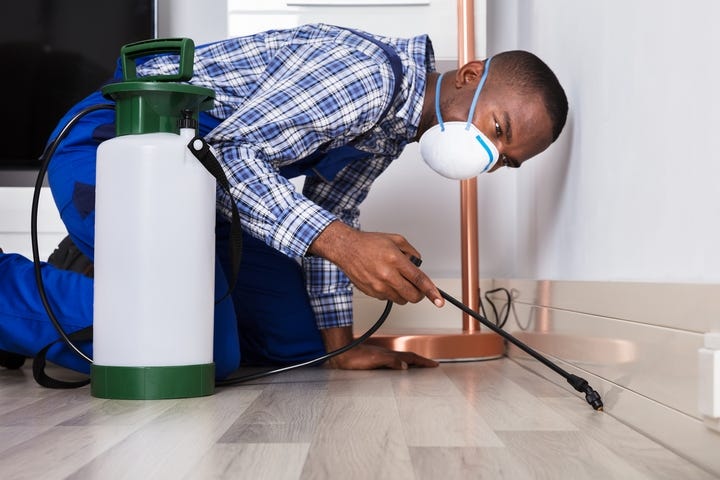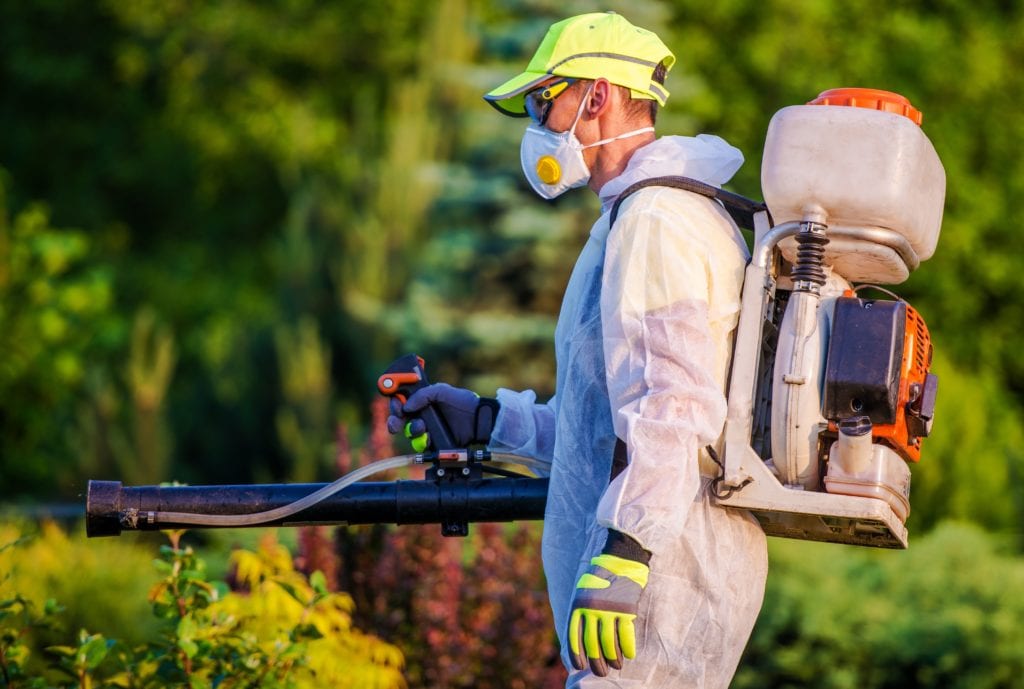Exterminator DC: Your Option for Pest-Free Staying In Washington DC!
Wiki Article
Expert Bug Control Techniques for Long-Term Results
Specialist bug control strategies envelop a detailed approach that starts with a comprehensive evaluation and evaluation, followed by precise insect recognition to understand their actions patterns. The execution of Integrated Pest Management (IPM) principles, coupled with eco-conscious treatments, creates the cornerstone of sustainable parasite elimination.Evaluation and Analysis
Upon going into a home for insect control services, the preliminary step is a detailed inspection and analysis to recognize the degree of the infestation and determine one of the most reliable treatment strategy. Specialist pest control technicians are educated to carefully examine the properties, looking for indications of bug activity such as droppings, nibble marks, nests, or any type of architectural damage. They will additionally assess the conditions that might be attracting pests, such as food resources, water leakages, or access points.
Parasite Recognition and Behavior

Moreover, recognizing the behavior of the recognized bug is crucial to applying efficient control procedures. Recognizing where insects nest, what they feed on, and their task patterns can help pest control experts devise approaches to remove them successfully.
Integrated Bug Management (IPM)
Integrated Pest Administration (IPM) strategies combine several techniques to regulate and avoid parasite problems in a lasting and eco-friendly manner. exterminator near me. By incorporating techniques such as biological control, environment manipulation, modification of cultural practices, and making use of resistant ranges, IPM aims to minimize the use of chemical pesticidesAmong the vital principles of IPM is the emphasis on avoidance. This positive strategy involves surveillance pest populaces regularly to identify any type of possible issues before they escalate. By determining bug issues early, pest control steps can be carried out promptly and efficiently.
In addition, IPM promotes using safe pest control approaches whenever possible. This can include utilizing all-natural predators of the bugs, presenting advantageous pests, or using pheromones to interrupt mating patterns. By minimizing reliance on chemical pesticides, IPM not only safeguards the environment however also assists maintain a balance in the ecosystem.
Environmentally-Friendly Therapies
Carrying try this out out eco-conscious techniques in bug control procedures can effectively attend to imp source invasions while prioritizing environmental sustainability. Environmentally-friendly therapies focus on decreasing the impact of bug control techniques on environments, non-target microorganisms, and human health and wellness.An additional key facet of environmentally-friendly treatments is using organic and eco-friendly products that damage down rapidly without leaving hazardous residues in the atmosphere. Organic insecticides stemmed from plants like chrysanthemums or neem provide effective insect control while posing minimal danger to non-target types. Employing approaches like warmth therapies or pheromone traps can target certain insects with accuracy, lowering the total environmental impact of insect control practices.
Continuous Monitoring and Maintenance
Continual monitoring and upkeep are essential components of efficient bug control monitoring. Continuous surveillance plays a critical function in making certain that parasite problems are detected early and taken care of without delay. Routine assessments by skilled experts are essential to determine any kind of signs of bug task, evaluate the efficiency of previous treatments, and click for source make changes to the pest control plan as needed. By checking bug populaces with time, parasite control professionals can track patterns, expect potential concerns, and implement safety nets to decrease the risk of future invasions.
In addition to surveillance, upkeep methods are important for lasting parasite control success. This includes carrying out proper hygiene actions to get rid of prospective food and water resources for pests, sealing access factors to protect against insects from entering the properties, and addressing any type of structural problems that could facilitate pest infestations (exterminator). By incorporating recurring tracking and maintenance right into an incorporated parasite management technique, organizations can ensure a pest-free environment and guard their home against costly damages and health threats
Verdict
Finally, utilizing professional pest control techniques such as detailed assessment and analysis, precise insect recognition and understanding of their behavior, incorporated pest administration approaches, environmentally-friendly therapies, and continuous surveillance and maintenance are essential for attaining lasting lead to insect control. By implementing these approaches, people can efficiently handle insect problems and maintain a pest-free atmosphere in a sustainable way.Report this wiki page